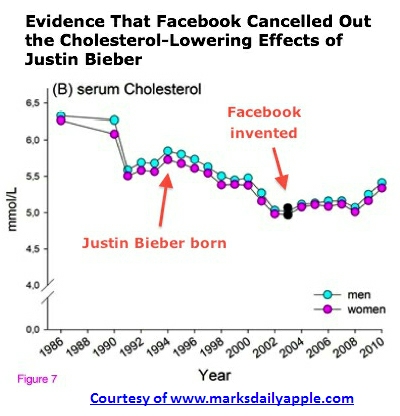Late last week I sat down with WCRI President/CEO John Ruser to get his views on his first few months at the helm, find out what’s on the agenda at the WCRI conference next week (if you haven’t registered, get your fingers over here), and learn about future areas of focus.
MCM – What has been the most eye-opening for you as you’ve moved from the Bureau of Labor Statistics to WCRI?
Ruser – First off, it is an honor to take the helm of such a well-regarded organization with such a diverse membership and to be working with such an intelligent and talented group of colleagues who are committed to publishing high-quality, credible and independent research. Along those lines, what has been most eye-opening has been the tremendous support for the research from all stakeholders in the workers’ compensation community. I’ve always knew WCRI was well-regarded, but when you are in the position I am in and interacting with people all across the country, you really understand how truly special WCRI is and how important the mission is to provide policymakers and other stakeholders with the data they need to make more informed decisions.
MCM – What has been the most fun?
Ruser – Working for BLS, you put out data and that is it. However, WCRI has so much interaction with the workers’ compensation community through their rigorous quality assurance process (i.e., reviewers, state advisory committees, etc.). The other thing that makes WCRI different is our mission, which is to be a catalyst for significant improvements in workers’ compensation systems. So that is what is fun, to see the research being used by the community it is seeking to help.
MCM – What will attendees learn at WCRI’s conference next week?
Ruser – A big area of interest this year is opt-out. We have two sessions on opt-out that will provide a deep dive from multiple viewpoints. In addition, researchers from the Dartmouth Atlas project and NCCI will join our staff to discuss interstate variation in medical treatments. The conference will also include the latest research on prescribing of opioids across the country, which is an issue that garners great attention in and outside the workers’ compensation community. We are hopeful that presentations on the issue lead to changes.
MCM – Do you see changes in the research focus of WCRI going forward?
Ruser – Over the next two years, I expect we will be doing a lot of work on treatment guidelines; their impact on outcomes, procedures, costs, and injured worker outcomes. We are also working on an update on injured worker outcomes with surveys of injured workers. Areas covered by the surveys include access to and satisfaction with medical care, return to work timing, and earnings loss. There has also been a lot of interest in our work on case-shifting, so we will be doing a study to see if there is evidence of case shifting due to high deductible health plans.
MCM – Can you give a bit more detail on treatment guidelines? What’s driving that focus?
Ruser – In discussions with our members and other stakeholders, treatment guidelines have risen to the top of the priority list. There is interest in learning what leads providers to use treatment guidelines and to what extent treatment guidelines affect outcomes. Utilization review (UR) and compliance issues affect the former. We want to better understand what kind of programs are out there and how are they being used, do treating physicians comply with guidelines?, are denied services paid?, what are providers’ views of these programs.
We have begun semi-structured interviews with physicians in Louisiana re guidelines, and have seen a wide range of responses. We are learning a lot about providers’ views and, at the same time, gaining experience and expertise in collecting, analyzing, and using information from free-form surveys.
I expect we will use what we’re learning about text mining in another area – triggers of claimant attorney involvement. This gives us an opportunity to explore using broad questions to collect unstructured data, and then code that data to provide information. There is tremendous opportunity to use less-structured information in our research.

